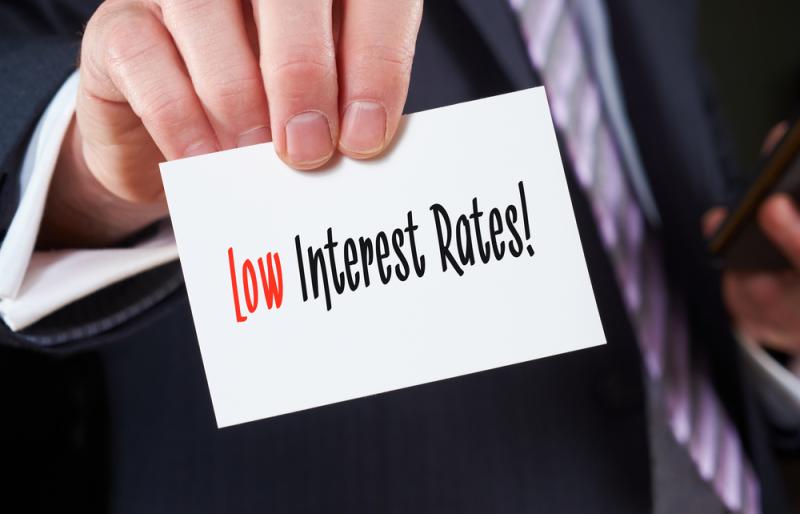
The Board of the Reserve Bank of Australia (RBA) meets 11 times per year on the first Tuesday of each month to determine changes in the monetary policy for Australia. During the May 2016 meeting the RBA decided to lower the cash rate by 25 basis points to a record low of 1.75%. Back in September 1990, the cash rate was 14% before decreasing subsequently thereafter. The questions we are aiming to address in this research piece is: What is the cash rate, how does it affect me and why is the Australian central back ‘cutting’ the rates?
The Reserve Bank of Australia defines the cash rate on its website:
“The interest rate which banks pay to borrow funds from other banks in the money market on an overnight basis.” – Source: The Reserve Bank of Australia.
In simple terms, the cash rate determines the cost to borrow money. If the cash rate is high, it becomes more expensive for banks or other financial institutions to borrow money, while a low cash rate makes lending cheaper.
The cash rate impacts the cost of funding for retail and investment banks and directly translates into interest rates. The cash rate has a powerful influence on other interest rates and forms the foundation on which the interest rates in the economy are built. A change in the cash rate has a knock-on effect on the interest rates on other financial products such as deposits, mortgages, personal loans, or foreign exchange products. While the banks’ overnight cost to borrow money does not affect the average Australian, so does the interest rate for deposits or mortgages. As explained, these rates are directly correlated.
As of May 2016, the cash rate is at a record low of 1.75%, but this has not always been the case. The graph below illustrates the historical cash rate in Australia since 1990.

We note several periods of rising as well as falling cash rates, however overall the direction since 1990 is down trending. The policy when the central bank increases the cash rate is called ‘financial tightening’, while the policy of lowering interest rates is called ‘loosening’ or ‘loose monetary policy’.
The Reserve Bank of Australia is Australia’s central bank and conducts monetary policy, issues the nation’s currency and oversees the financial system of the country.
As per the RBA’s website, the Reserve Bank has three primary targets:
1. The stability of the currency of Australia;
2. The maintenance of full employment in Australia; and
3. The economic prosperity and welfare of the people of Australia
The RBA has to create and maintain a framework of policies to ensure stable financial conditions for Australia in order to achieve the abovementioned goals. In the financial world, none of these points is guaranteed and the central banks is somewhat limited in its powers.
The RBA uses the cash rate to influence the rate of inflation and economic growth in the country. The RBA uses a range of data points from both domestic and overseas markets to assess the health of the local economy and conclusively determine the most appropriate cash rate for the current economic conditions.
The cash rate is also an important financial benchmark in Australian financial markets as well as for the currency. The cash rate is often considered to be one of the primary drivers for the strength of the currency, as a higher than expected rate often has a bullish impact on the currency and vice-versa. However, the value of a currency unit is a relative value against the unit of another currency in the foreign exchange market, thus there are a range of factors that influence the strength.
During the past few years the Reserve Bank has consistently lowered the benchmark cash rate. The RBA believes that ‘easing monetary policy’, meaning lowering the cash rate, creates an accommodative environment for the local economy. The RBA believes that the lower cash rate translates into a lower currency, and thus supports demand which will eventually support inflation as well as economic growth.
Falling interest rates affect everyday Australians in a number of ways. Generally, a drop in interest rates makes mortgage interest repayments more affordable and thus encourages Australians to lend money. On the other hand, a lower cash rate discourages saving as Australians earn less interest for money ‘sitting’ in the bank. Indirectly, the RBA aims to encourage spending which then translates into increased economic activity.
Alternative investment assets should technically benefit from low-interest rates as savers get less money in return for their cash. Therefore, low-interest rates encourage Australians to invest in assets that have historically generated higher rewards, such as equities.
In theory and as per ‘Economics 101’, lower interest rates mean higher stock market returns. However, history has taught us that this may not always be the case as a range of factors impact stock market valuations. Analysts often scrutinise the language that the RBA uses in their monetary policy statements to find any clues on future monetary policy. The overall economic conditions, stock market valuations as well as overseas events are just a few factors that impact stock prices, thus investors should not exclusively focus on central bank policies.